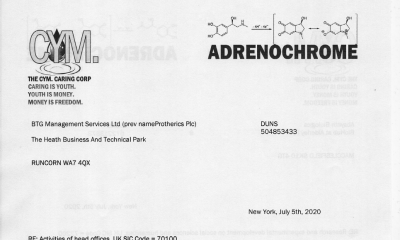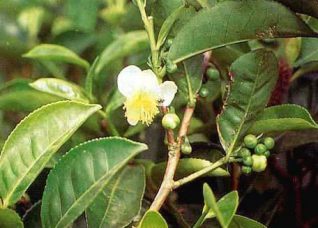doi: 10.1016/j.jep.2020.113478
Shujuan Chen,a,1Lin Dong,a,b,c,1Hongfeng Quan,a,1Xirong Zhou,aJiahua Ma,aWenxin Xia,aHao Zhou,a and Xueyan Fua,b,c,∗
Published online 2020 Oct 16
Abstract
Ethnopharmacological relevance
Tussilago farfara L. (commonly called coltsfoot), known as a vital folk medicine, have long been used to treat various respiratory disorders and consumed as a vegetable in many parts of the world since ancient times.
Aim of the review
This review aims to provide a critical evaluation of the current knowledge on the ethnobotanical value, phytochemistry, pharmacology, toxicity and quality control of coltsfoot, thus provide a basis for further investigations.
Materials and methods
A detailed literature search was obtained using various online search engines (e.g. Google Scholar, Web of Science, Science Direct, Baidu Scholar, PubMed and CNKI). Additional information was sourced from ethnobotanical literature focusing on Chinese and European flora. The plant synonyms were validated by the database ‘The Plant List’ (www.theplantlist.org).
Results
Coltsfoot has diverse uses in local and traditional medicine, but similarities have been noticed, specifically for relieving inflammatory conditions, respiratory and infectious diseases in humans. Regarding its pharmacological activities, many traditional uses of coltsfoot are supported by modern in vitro or in vivo pharmacological studies such as anti-inflammatory activities, neuro-protective activity, anti-diabetic, anti-oxidant activity. Quantitative analysis (e.g. GC-MS, UHPLC-MRMHR) indicated the presence of a rich (>150) pool of chemicals, including sesquiterpenes, phenolic acids, flavonoids, chromones, pyrrolizidine alkaloids (PAs) and others from its leaves and buds. In addition, adverse events have resulted from a collection of the wrong plant which contains PAs that became the subject of public concern attributed to their highly toxic.
Conclusions
So far, remarkable progress has been witnessed in phytochemistry and pharmacology of coltsfoot. Thus, some traditional uses have been well supported and clarified by modern pharmacological studies. Discovery of therapeutic natural products and novel structures in plants for future clinical and experimental studies are still a growing interest. Furthermore, well-designed studies in vitro particularly in vivo are required to establish links between the traditional uses and bioactivities, as well as ensure safety before clinical use. In addition, the good botanical identification of coltsfoot and content of morphologically close species is a precondition for quality supervision and control. Moreover, strict quality control measures are required in the studies investigating any aspect of the pharmacology and chemistry of coltsfoot.
Keywords: Tussilago farfara L., Ethnopharmacology, Phytochemistry, Pharmacology, Toxicity, Quality control
References:
https://www.ncbi.nlm.nih.gov/pmc/articles/PMC7561605/


 Alternative Health2 years ago
Alternative Health2 years ago
 Life Force Network2 years ago
Life Force Network2 years ago
 Alternative Health1 year ago
Alternative Health1 year ago
 Life Force Network2 years ago
Life Force Network2 years ago
 Alternative Health2 years ago
Alternative Health2 years ago
 Military2 years ago
Military2 years ago

















